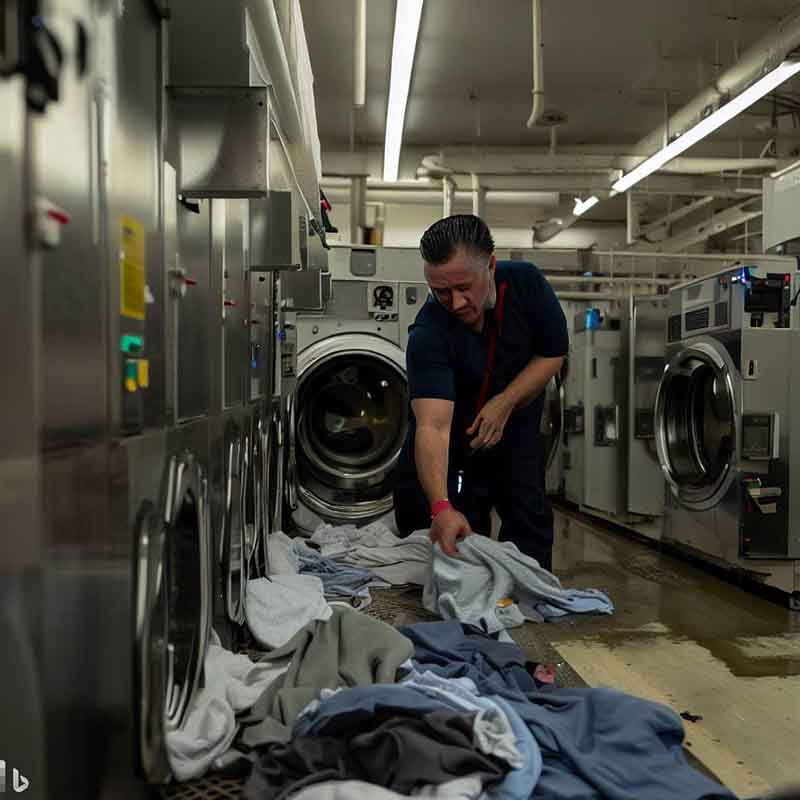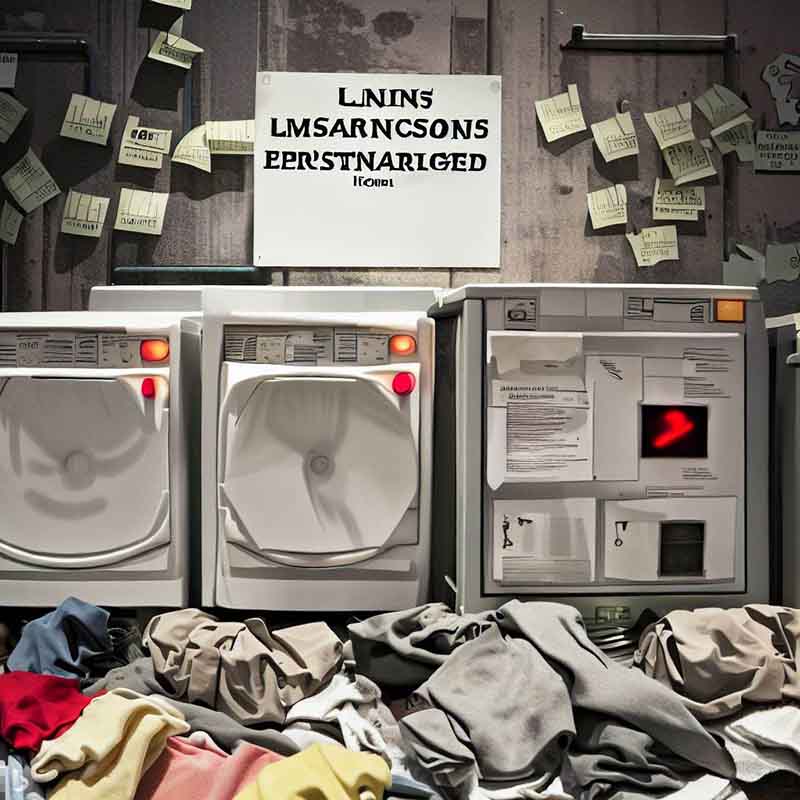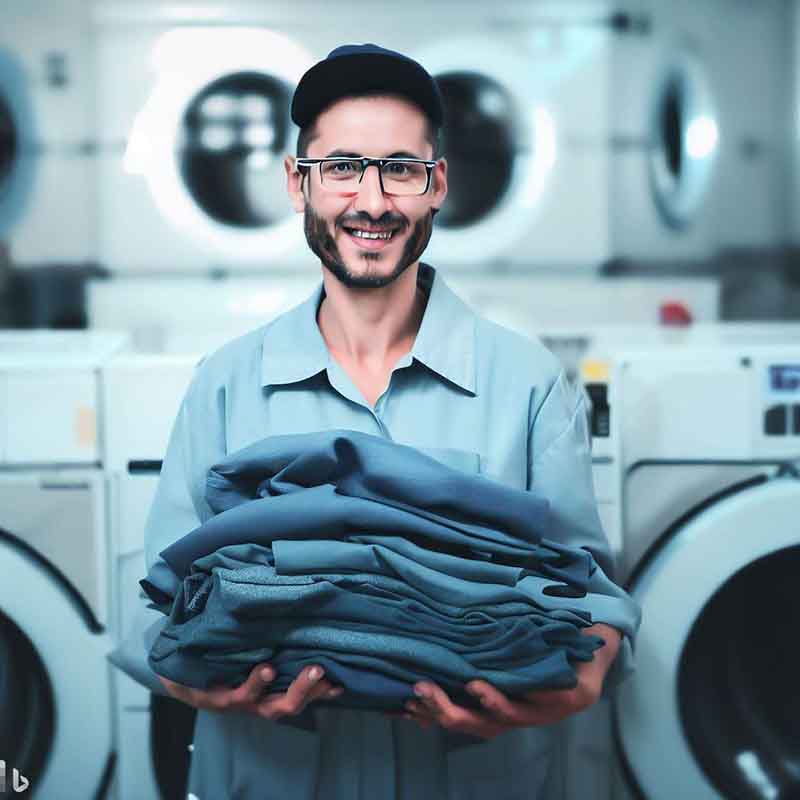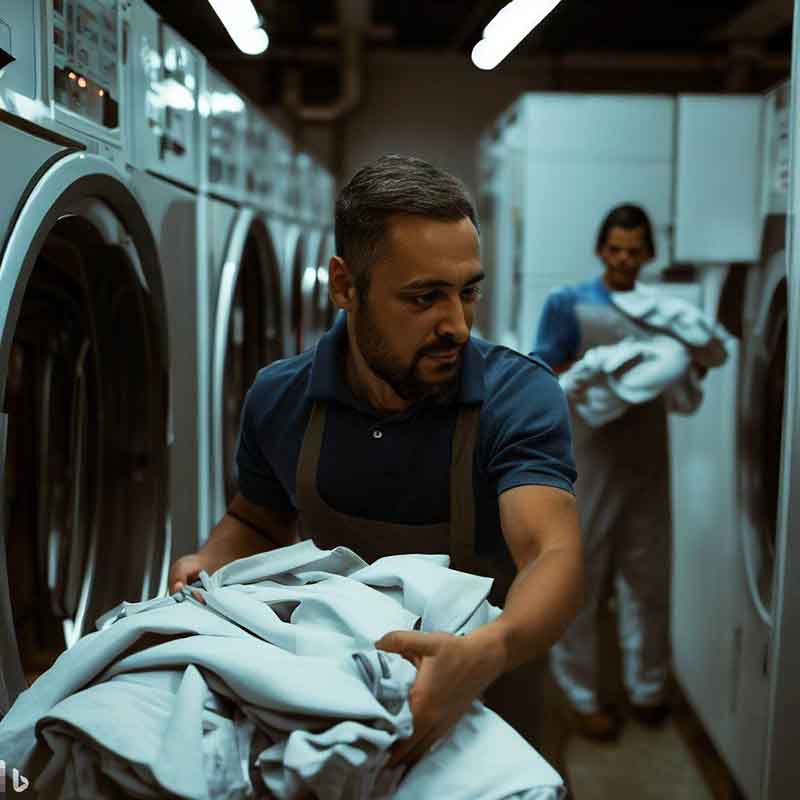Industrial laundry is an important service, providing clean and hygienic fabrics for industries as diverse as hospitality, healthcare, food service, and manufacturing.
However, industrial laundry also faces many challenges and problems that affect its quality, efficiency, and safety.
These problems can hurt the laundry industry and the environment.
Therefore, it is important to identify and address these problems and find effective solutions to avoid them.
This article discusses three of the most common issues in industrial laundry and how to avoid them.
These problems are the poor quality of washing, the high cost of producing high-quality washing, and the hidden danger of safety.
This article will also explain how using high-quality detergents, energy, and water-efficient equipment, and 100% Nomex ironing pads can help solve these problems and improve the laundry process.

This problem can be caused by several factors, such as poor systems, ineffective procedures, and practices.
And machinery, and a lack of contingency plans to continue operations in the face of utility challenges.
A poor system can refer to a lack of standardization, automation, or optimization of the laundry process.
Which can lead to inconsistencies or poor results.
Invalid procedures, practices, and machines may refer to the use of faulty or outdated methods.
Techniques, or equipment that affect cleaning performance or damage fabrics.
The lack of a contingency plan can refer to the lack of a backup solution or alternative in the event of a disruption or shortage of water.
Electricity, or other utilities, may affect the continuity or quality of the laundry process.
Use a good quality detergent that works well in cold water, and optimize wash cycles and load sizes.
And have a backup plan for water and power shortages.
High-quality detergents can help remove stains, dirt, and odors from the fabric without harming the fabric or leaving a residue.
Optimizing the wash cycle and load size can help achieve optimal cleaning results without wasting time, water, or energy.
Having a backup plan for water and power shortages can help prevent delays.
Interruptions, or compromises in the laundry process.

This problem can be caused by several factors, such as aging equipment, and the rising cost of water.
Electricity, heat, and excessive use of detergents and chemicals.
Aging equipment uses more water and energy than newer models and requires more frequent repairs and maintenance.
The rising cost of water, electricity, and heat can increase the operating expenses of a laundry
Especially if the machine is not optimized for efficiency.
Overuse of detergents and chemicals not only wastes money and resources but also damages fabrics and machinery.
Leading to reduced quality and higher rewash rates.

It is suggested to invest in energy-saving and water-saving equipment
Which can reduce utility consumption and improve the performance of the laundry process.
For example, using high-speed washers and dryers can shorten washing and drying cycles, saving time and energy.
Using low-temperature washers and dryers also saves energy and prevents fabric shrinkage and fading. In addition.
It is important to choose the correct setting and temperature for each load, depending on the type and amount of fabric, the level of soil, and the quality required.
This can help avoid over-washing or under-washing, which can affect the quality and cost of the laundry process.
In addition, it is recommended to follow the manufacturer’s instructions and guidelines to use the recommended amount of detergent and chemicals at a time.
This can help achieve the best cleaning results without wasting or damaging the fabric or machinery.
These hazards can be caused by several factors, such as water on the floor, excess fluff buildup, and heat.
Water on the floor can be caused by spills, leaks, or drainage problems, and can cause slips, trips, and falls.
Excessive buildup of chaff can be caused by improper cleaning of chaff collectors and dryer vents and can create a fire hazard that may ignite due to sparks or overheating.
High temperatures can be caused by faulty thermostats, heating elements
Or steam valves, and can create burn hazards that can injure workers or damage fabrics.

It is recommended to treat the spill immediately with a mop, towel, or wetland marker.
It is also recommended to perform routine maintenance and repair of the machine to check for leaks, cracks, or faults.
It is also recommended to clean cotton wool collectors and dryer vents regularly to remove any cotton wool or dust that could block airflow or cause a fire.
In addition, industrial laundry safety guidelines and regulations must be followed, such as wearing protective clothing and gloves, using fire extinguishers and alarms, and following emergency procedures in the event of an accident.
This is a filler used to cover the ironing roller during the laundry process.
It is made from 100% Nomex, a synthetic fiber with high heat, wear, and chemical resistance.
100% Nomex Ironing pads can provide a durable, heat-resistant.
Smooth ironing surface that reduces friction, wear, energy consumption, and fire risk.
By using 100% Nomex ironing cushion material, laundry operators can improve the quality of the ironing process by preventing wrinkles, creases, marks, or burns on the fabric.
They can also reduce the cost of the ironing process because it saves energy and extends the life of the ironing roller.
They can also improve the safety of the ironing process as it prevents fire and burns.
As such, the 100% Nomex Ironing pad is a beneficial product for industrial laundry and can help solve everyday problems in the laundry industry.

This article discusses three of the most common problems in industrial laundry and how to avoid them.
These problems are the poor quality of washing, the high cost of producing high-quality washing
And the hidden danger of safety.
They hurt the laundry industry and the environment.
To avoid these problems, this article recommends using high-quality detergents that work well in cold water.
Investing in energy and water-efficient equipment, and using 100% Nomex ironing pads.
These solutions help improve the quality, efficiency, and safety of the laundry process while reducing environmental impact and resource consumption.
As we know, Heat Transfer Printing Felt is suitable for fabrics, decorative fabrics, curtains, le...
Read Safety Rules for Laundry Management to be a qualified manager. PARTⅠ Laundry room Safety Gen...
The aluminum extrusion machine is the leading equipment for the production of aluminum profiles. ...
Heat transfer printing is a contemporary printing process in the clothing market. It prints the p...
In the textile industry, felt is only a small part but important. About how to choose felt that i...
Foshan Pure Technology Company., Ltd. helps conveyor belt manufacturers source equipment to metal...
What is Nomex? Meta-amide, or meta-phenylene isophthalamide, is made from meta-phenylenediamine a...
Kevlar fiber Introduction In the development of materials science, Kevlar fiber has particularly ...